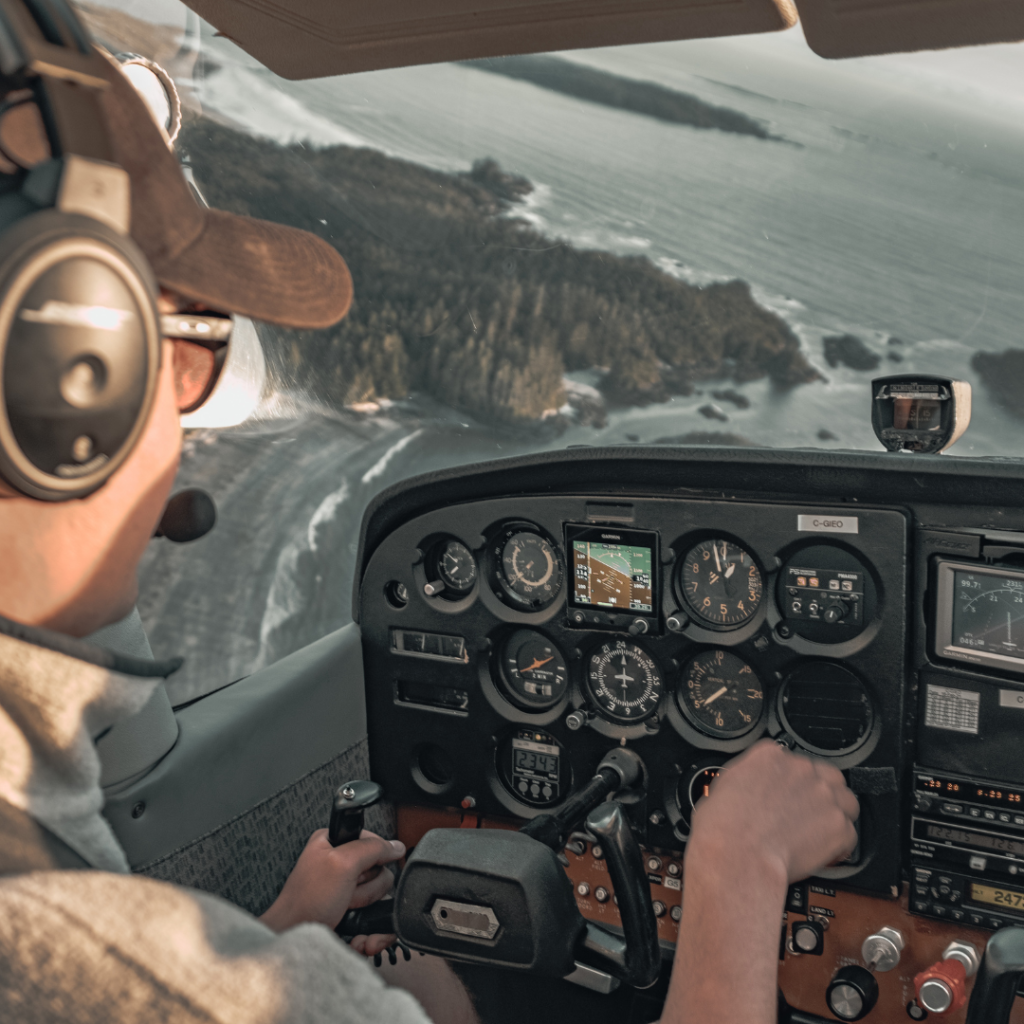The United States Navy is renowned for its powerful and technologically advanced fleet. One of the most impressive components of this fleet is its aircraft carriers, which serve as floating airbases and enable the US to project power across the globe. Understanding the quantity and capabilities of these vessels provides insight into one of the most significant aspects of US military strategy.
 Current Number of US Aircraft Carriers
Current Number of US Aircraft Carriers
As of August 2024, the United States Navy operates 11 active aircraft carriers. These carriers form the core of the US Navy’s Carrier Strike Groups, pivotal for maintaining global maritime security and power projection.

 Types and Names of US Aircraft Carriers
Types and Names of US Aircraft Carriers
The US Navy currently employs two types of nuclear-powered aircraft carriers:
- Nimitz-Class Aircraft Carriers
- These carriers form the backbone of the US carrier fleet. As of 2024, there are 10 active Nimitz-class carriers. Notable examples include:
- USS Nimitz (CVN-68)
- USS Dwight D. Eisenhower (CVN-69)
- USS Carl Vinson (CVN-70)
- These carriers form the backbone of the US carrier fleet. As of 2024, there are 10 active Nimitz-class carriers. Notable examples include:
- Gerald R. Ford-Class Aircraft Carriers
- Representing the latest technology in carrier design, the Gerald R. Ford-class carriers are intended to replace some aging Nimitz-class carriers. The first and flagship of this class is:
- USS Gerald R. Ford (CVN-78)
- Representing the latest technology in carrier design, the Gerald R. Ford-class carriers are intended to replace some aging Nimitz-class carriers. The first and flagship of this class is:
 Missions and Uses of US Aircraft Carriers
Missions and Uses of US Aircraft Carriers
Aircraft carriers are versatile vessels that perform numerous mission-critical roles:
- Power Projection
- Carriers serve as the centrepiece of a Carrier Strike Group, allowing the US to project air power without relying on local bases. This independence is crucial during conflicts or in regions with limited infrastructure.
- Humanitarian Assistance
- Beyond military applications, carriers play a vital role in humanitarian efforts, providing aid during disasters and emergencies. Equipped with advanced medical facilities and the capability to transport much-needed supplies quickly, they are indispensable in crisis situations.
- Deterrence and Presence
- A visible presence of an aircraft carrier in a troubled region can deter potential aggressors and reassure allies. The deterrent effect of a carrier’s strategic deployment cannot be overstated.
 Aircraft on US Carriers
Aircraft on US Carriers
The “floating airbases” operate a diverse array of aircraft tailored for different missions:
- Fixed-Wing Aircraft
- Fighters like the F/A-18 Hornet and the F-35C Lightning II are prominent fixtures on carriers, providing air superiority and ground attack capabilities.
- Rotary-Wing Aircraft
- Helicopters such as the MH-60R Seahawk and MH-60S Knighthawk support anti-submarine warfare, search and rescue operations, and logistical transport.
- Specialized Aircraft
- The E-2D Hawkeye serves as an airborne command and control platform, while the EA-18G Growler provides electronic warfare capabilities.
 Future Developments
Future Developments
To maintain technological superiority, the US Navy continues to invest in future carrier programs and enhancements. Plans for additional Gerald R. Ford-class carriers are underway, alongside upgrades to existing carrier technology to improve efficiency and effectiveness.
In conclusion, the United States’ fleet of 11 aircraft carriers is a cornerstone of its naval and military power. These highly sophisticated vessels support a range of military and humanitarian missions, showcasing the country’s commitment to global security and rapid response capabilities. With future innovations on the horizon, the US aircraft carrier fleet is poised to remain a key component of the nation’s defence strategy for years.


